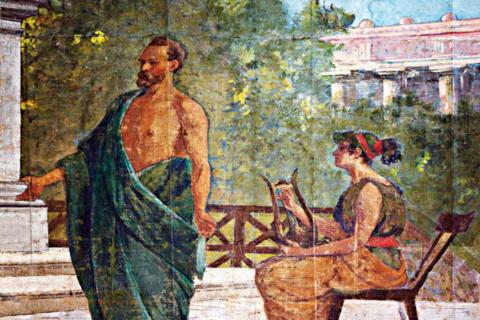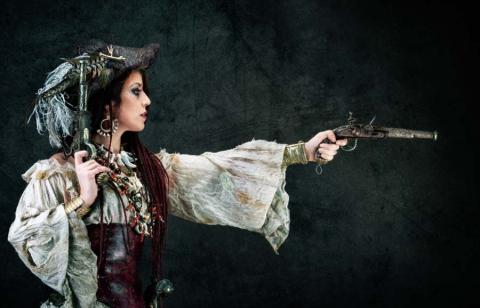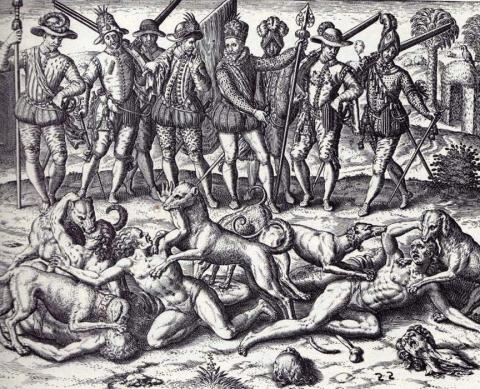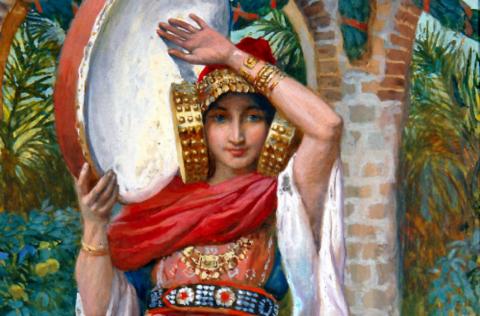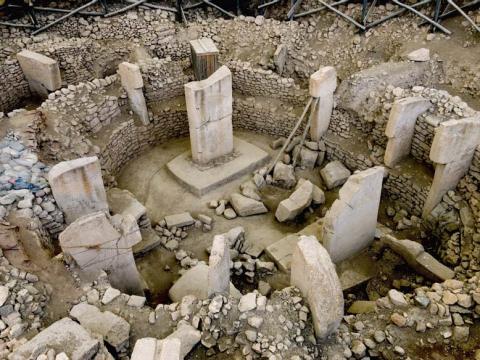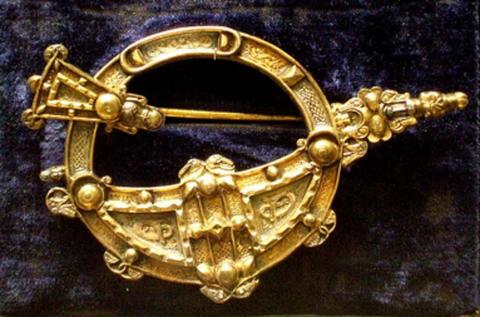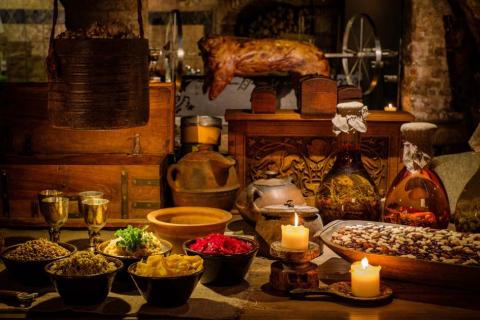Aeschylus, widely regarded as the “Father of Tragedy,” was one of the first of classical Athens’ great dramatists. He raised the emerging art of tragedy to new heights of poetry and theatrical power. The legendary playwright wrote more than 90 plays and won with half of them at Athenian festivals of Greek drama. For all his skills in theater, however, he’s trending within the circles of modern pop culture thanks to his very bizarre death.
Europe
Europe Location
Grace O’Malley, the Pirate Queen of Ireland
Grace O'Malley was Queen of Umaill, chieftain of the O Maille clan, a rebel, seafarer, and fearless leader, who challenged the turbulent politics of 16th century England and Ireland.
- Read more about Grace O’Malley, the Pirate Queen of Ireland
- Log in or register to post comments
Becerrillo: The Terrifying War Dog of the Spanish Conquistadors
Dogs have been used as powerful weapons of war for at least the last 3,000 years. The ancient Egyptians, Greeks, Persians, Sarmatians, Britons, and Romans are all known to have used dogs in combat, or for scouts, sentries, trackers, or executioners. But the Spanish conquistadors employed war dogs on a scale that had rarely been seen before, and with devastating effect.
The Lady of Elche
In 1897, archaeologists uncovered a stunning artifact on a private estate at L'Alcúdia in Valencia, Spain. This find was a statue – a polychrome bust of a woman’s head. Believed to date back to the 4th Century BC, the bust features a woman wearing an elaborate headdress. Now seen as one of Spain’s most famous icons, the bust is known as the Lady of Elche.
- Read more about The Lady of Elche
- Log in or register to post comments
Discovery of Göbekli Tepe: The First Temple the World Had Ever Seen
On a windswept hilltop located six miles from Şanlıurfa– known in ancient times as Edessa – an American team, in collaboration with Istanbul University, carried out a survey in the early 1960s. They were examining sites across south-east Turkey to investigate the transition from hunting and gathering to the beginnings of farming.
The Astronomical Temples of Loughcrew
It is probably not possible to tell when humans first began to wonder about the stars, the sun, and the moon or tried to understand their motion, though there is evidence of a lunar calendar being used by hunter-gatherers during the Upper Paleolithic in Europe around 32,000 BC.
- Read more about The Astronomical Temples of Loughcrew
- Log in or register to post comments
Ireland Unexplained - 5 Mysteries That Have Historians Stumped
-
Hy-Brasil: The Legendary Phantom Island
Hy-Brasil is a legendary island that appeared roughly 200 miles off the west coast of Ireland on old maps. Hy-Brasil is derived from the name Breasal, associated with High Kings in Celtic history.
The Tara Brooch: A Masterpiece of Celtic Metalwork
The Tara Brooch is a sensational artifact that was discovered on a beach in Bettystown, County Meath, Ireland in 1850. Today, it is considered one of the greatest surviving masterpieces of Celtic metalwork.
- Read more about The Tara Brooch: A Masterpiece of Celtic Metalwork
- Log in or register to post comments
How to Cook Like a Wealthy, 14th-Century ‘Good Wife’: Medieval French Chicken Cinnamon Soup
This recipe is taken from ‘Le Ménagier de Paris’ (The Good Wife’s Guide), a guidebook from 1393 discussing the “proper behavior” for a woman in her marriage and while running a household. The text is not only a cookbook; it also includes advice from a fictional elderly husband telling his younger wife how to go about life in the garden, kitchen, and bedroom.
Pagination
- Previous page
- Page 4




